How to Get Rid of Fleas on Cats Fast? Owners Miss This
Is your cat scratching so much they’re pulling out fur, licking their paws raw, or rubbing their body against the couch nonstop? Those tiny, invisible pests—fleas—are likely the culprit. Fleas don’t just make your cat miserable; they can cause anemia (especially in kittens), spread tapeworms, and even bite humans, leaving itchy red bumps on your legs. The worst part? DIY fixes like vinegar sprays or human flea products often don’t work and can harm your cat. The good news is, how to get rid of fleas on cats fast is simpler than you think with vet-backed steps. This guide breaks down 5 safe, effective methods to clear fleas in 24 hours and keep them gone for good—so your cat can stop scratching and start relaxing.
3 Emergency Steps to Get Rid of Fleas on Cats Fast (24-Hour Results)
When you spot fleas on your cat, your first goal is to reduce their discomfort and kill active fleas quickly. These 3 steps work for healthy cats 8 weeks and older—always skip harsh chemicals that can irritate your cat’s skin.
1. Use a Vet-Recommended Topical Flea Treatment
Topical flea treatments (applied to your cat’s skin) are the fastest way to kill fleas—most start working in 12 hours and eliminate 90% of fleas within 24 hours. This is the core of how to get rid of fleas on cats fast. Look for products with ingredients like fipronil or selamectin (vet favorites) and avoid cheap options with organophosphates (they can cause vomiting or seizures).
To apply: Part your cat’s fur at the base of their neck (between the shoulder blades—they can’t lick here) and squeeze the entire tube of liquid onto their skin (not their fur). Let it dry for 30 minutes before petting or letting them groom. Dosage depends on weight: for cats under 4 lbs, use a “kitten-specific” formula (ideal for kitten flea treatment); for cats over 15 lbs, use a large-cat dose. Never split doses—too little won’t work, too much is dangerous. This step also helps with how to get rid of fleas on my cat if you’re dealing with a sudden infestation.
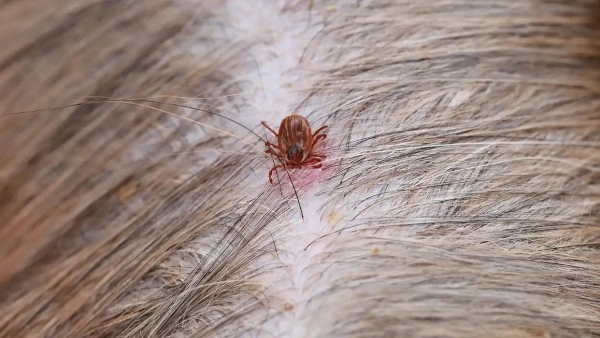
2. Comb Fleas Out with a Fine-Tooth Flea Comb
A flea comb (with 0.1–0.2mm teeth) is a must-have cat grooming tool to physically remove fleas, flea dirt (flea poop), and flea eggs while the topical treatment kicks in. This is key for quickest way to get rid of fleas on a cat because it gives your cat immediate relief from itching.
How to use it: Sit your cat on a white towel (fleas and dirt show up better here) and comb slowly from their head to tail. Focus on warm areas—underarms, belly, and the base of the tail—where fleas hide. After every 3–4 strokes, wipe the comb on a paper towel soaked in soapy water (soap kills fleas instantly). Do this for 15–20 minutes daily until you don’t see any fleas for 2 days. For long-haired cats, comb in small sections to avoid tangles—this also helps with how to get rid of fleas on cat with thick fur.
3. Give a Cat-Specific Flea Bath (For Heavy Infestations)
If your cat has lots of fleas (you see them jumping or notice heavy flea dirt), a cat flea shampoo can help reduce numbers fast. Never use human shampoo or dog flea shampoo—they contain pyrethrins, which are toxic to cats and can worsen cat skin issues. Look for “cat-only” shampoos with ingredients like pyriproxyfen (kills eggs) or neem oil (gentle for sensitive skin).
To bathe: Fill a basin with 38°C water (same as your cat’s body temperature—test with your wrist). Wet your cat’s body (avoid their face and ears) and lather the shampoo into their fur. Let it sit for 5–10 minutes (this gives the shampoo time to kill fleas) before rinsing thoroughly. Dry your cat with a towel or low-heat hair dryer—cold cats get stressed! Use this method once a week for 2 weeks, then stop (over-bathing dries out their skin). This is a great backup for how to get rid fleas on cats when topical treatments need a boost.
Deep Clean Your Home: Stop Fleas from Coming Back
Fleas don’t live only on your cat—90% of fleas (flea eggs, flea larvae, flea pupae) hide in your home: carpets, couches, cat beds, and even floor cracks. To fully solve how to get rid of fleas on cats fast, you need to prioritize pet environmental cleaning—otherwise, fleas will reattach to your cat in days.
1. Wash Fabrics in Hot Water
Collect all items your cat touches: their bed, blankets, toys, and any sheets/pillows they sleep on. Wash them in 60°C+ water—high heat kills flea eggs and larvae. Dry them on the highest heat setting for 30 minutes (or hang them in direct sunlight for 4+ hours). For items that can’t be washed (like stuffed toys), seal them in a plastic bag and freeze for 24 hours (freezing also kills fleas). Do this once a week for 3 weeks—this breaks the flea life cycle and helps with how to get rid of fleas in cats by eliminating hidden pests
2. Vacuum Everywhere (Even Cracks!)
Use a vacuum with a “crevice tool” to clean:
Carpets and rugs (focus on edges and under furniture)
Couch cushions and seams (fleas hide in stitching)
Cat trees, scratching posts, and floorboards
Your car (if your cat rides with you)
After vacuuming, seal the vacuum bag in a plastic bag and throw it outside—don’t empty it indoors (fleas can crawl back out). Vacuum daily for 1 week, then 2–3 times a week for a month. This step is crucial for best way to get rid of fleas cats because it removes larvae before they become adult fleas
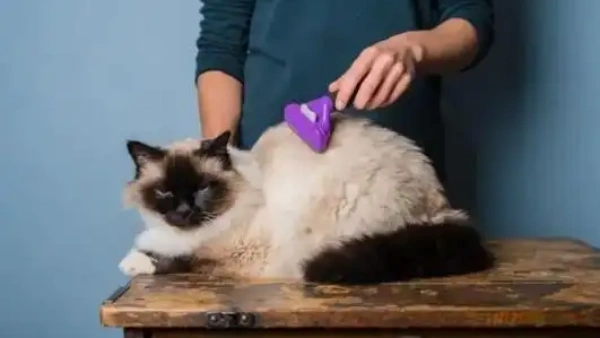
3. Use a Pet-Safe Flea Spray for Your Home
For severe infestations, use a pet-safe flea spray (look for “no pyrethrins” on the label) to kill remaining larvae and pupae. Spray carpets, couches, and baseboards—avoid areas where your cat eats or sleeps. Close the room for 1–2 hours after spraying, then open windows to air out for 30 minutes before letting your cat back in. Use this once every 2 weeks for 2 months—this ensures you kill fleas that hatch later. This also answers what gets rid of fleas on cats in hard-to-reach spots like carpet padding.
Special Cases: Flea Removal for Kittens, Pregnant Cats, and Sick Cats
Not all cats can use standard flea treatments. Kittens, pregnant cats, and senior/sick cats need gentler methods to avoid harm—here’s how to handle how to get rid of fleas on cats fast for these groups:
1. Kittens Under 8 Weeks Old
Kittens can’t use topical treatments or flea baths—their livers are too young to process chemicals. Instead, rely on kitten flea treatment basics: use a flea comb 2–3 times a day to remove fleas, and wipe their fur with a warm, damp cloth to clean flea dirt. For their bed, wash it in hot water daily and vacuum the area around their crate. Once they’re 8 weeks old, switch to a kitten-safe topical treatment. This is the only safe way for how to get rid of fleas cat that’s still a baby.
2. Pregnant or Nursing Cats
Topical treatments can seep into the bloodstream and harm kittens (either in the womb or through milk). Always ask your vet first—they may recommend a gentle formula for pregnant cat flea care, like selamectin. In the meantime, use a flea comb daily and wash the cat’s bed often. Avoid flea sprays or baths—stick to physical removal. This keeps both mom and kittens safe while handling how to get rid of fleas on my cat during pregnancy.
3. Senior or Sick Cats
Cats with kidney disease, flea allergy, or other illnesses may react badly to strong flea treatments. Talk to your vet about low-dose, gentle options (like oral flea pills that are easier on the liver) for senior cat flea relief. Use a flea comb to reduce itching without stressing them out. Keep their living space clean—fewer fleas in the home mean less work for their immune system. This tailored approach ensures quickest way to get rid of fleas on cats without worsening their health.
Common Mistakes to Avoid (They Make Fleas Worse!)
Many owners accidentally prolong flea infestations with these errors—steer clear of them to make how to get rid of fleas on cats fast work:
Using human flea products: Bug sprays, lotions, or even “natural” oils (like tea tree oil) are toxic to cats—they can cause seizures or death. Stick to cat-specific products.
Stopping treatment too early: Flea eggs take 2–3 weeks to hatch. Even if your cat stops scratching, keep cleaning and using monthly flea prevention for 3 months.
Ignoring other pets: If you have dogs or other cats, treat them too! Fleas jump between pets—missing one means the infestation comes back.
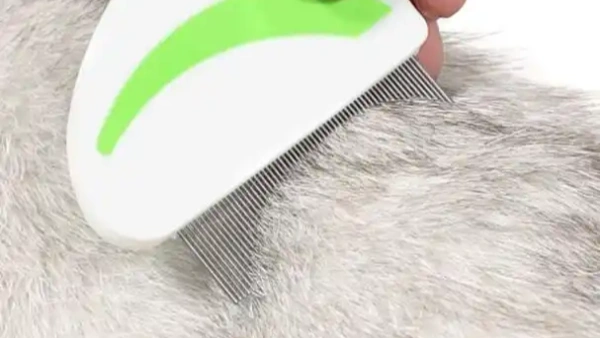
Everything Our Vets Recommend
Frequently Asked Questions
Q: My cat still scratches after using a topical treatment—did I do something wrong?
A: Probably not! Topical treatments kill fleas, but dead fleas, flea dirt, and eggs can still irritate your cat’s skin for 1–2 days. Keep combing daily to remove these leftovers and wipe their skin with a warm, damp cloth to soothe itching. If scratching lasts more than 3 days, or you see red, oozing skin, your cat may have a flea allergy—talk to your vet about anti-itch medication. This is a common part of how to get rid of fleas on cats fast, so don’t panic if relief isn’t instant.
Q: What gets rid of fleas on cats naturally if I don’t want to use chemicals?
A: Natural methods work best for mild infestations or as backups. The most effective is daily flea combing (physical removal is 100% natural). You can also add a tiny amount of brewer’s yeast (1/4 tsp for small cats, 1/2 tsp for large cats) to their food—some cats hate the taste, but it may repel fleas. Avoid “natural” sprays with citrus or essential oils—they can burn your cat’s skin and worsen cat skin issues. For severe infestations, natural methods alone won’t solve how to get rid of fleas on cats fast—pair them with a vet-approved treatment.
Q: How often do I need to treat my cat for fleas to prevent them from coming back?
A: After clearing the infestation, use a monthly flea prevention (topical, oral, or flea collar) year-round—even for indoor cats! Fleas can hitch a ride on your shoes or clothes. In warm, humid months (when fleas are most active), check your cat with a flea comb weekly. For outdoor cats, step up checks to twice a week. This routine turns how to get rid of fleas on cats fast into “how to keep fleas away forever.”
Getting rid of fleas fast doesn’t have to be stressful—how to get rid of fleas on cats fast boils down to 3 steps: use a vet-approved topical treatment, comb out visible fleas with a flea comb, and deep clean your home with pet-safe flea spray. For special cases (kittens, pregnant cats), tailor the method to keep your cat safe. Remember, consistency is key—skip shortcuts, and you’ll have a flea-free cat in no time. If you’re unsure about which product to use, or if the infestation won’t go away, call your vet—they can help you create a plan that works for your cat. Your cat deserves to be scratch-free, so start these steps today!
You May Like:
- Best Flea and Tick Prevention for Cats in 2025
- How to Tell If Cat Has Fleas: 5 Clear Signs Every Owner Should Know
- How to Get Rid of Fleas on Cats – A Fast and Safe Guide
- How Do You Know If a Cat Has Fleas: 6 Easy Checks for Pet Owners
User Comments
Does flea treatment kill ear mites too?
Can dogs take human probiotics?
Can dogs have people probiotics safely?
Related Articles
View all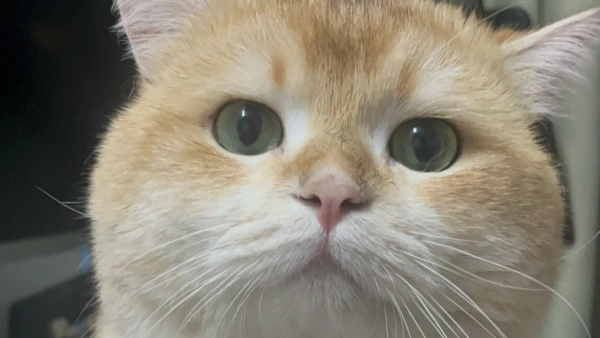
How Often Flea Treatment Cat? Most Owners Get This Wrong
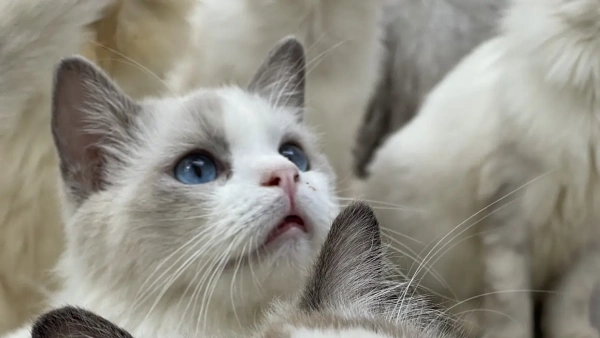
How to Apply Flea Medicine on Cats: Beginner’s Guide
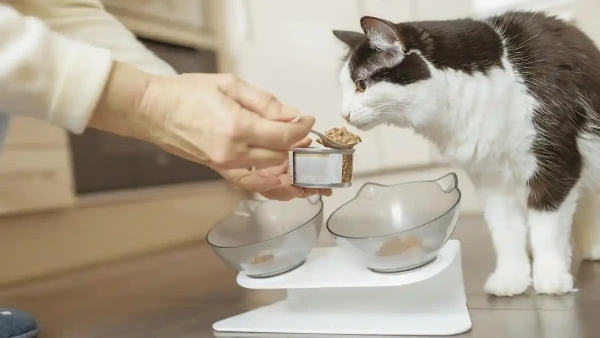
Best Cat Flea Spray for Cats in 2025: Vet Approved
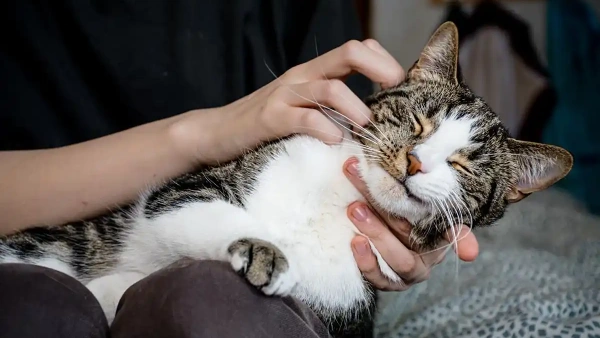
Where to Put Flea Treatment on Cat: Updated 2025 Guide

How Often Flea Treatment Cat? Most Owners Get This Wrong

How to Apply Flea Medicine on Cats: Beginner’s Guide

Best Cat Flea Spray for Cats in 2025: Vet Approved

Where to Put Flea Treatment on Cat: Updated 2025 Guide
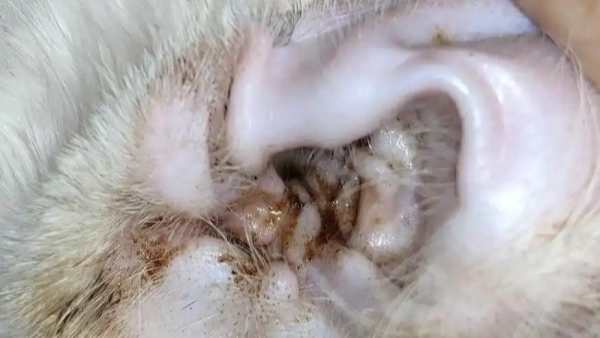
Best Flea and Ear Mite Treatment for Cats (2025 Review)

Safest Flea Prevention for Cats: A Complete 2025 Owner’s Guide

Flea Spray for Kittens: Best Options and Vet Advice 2025
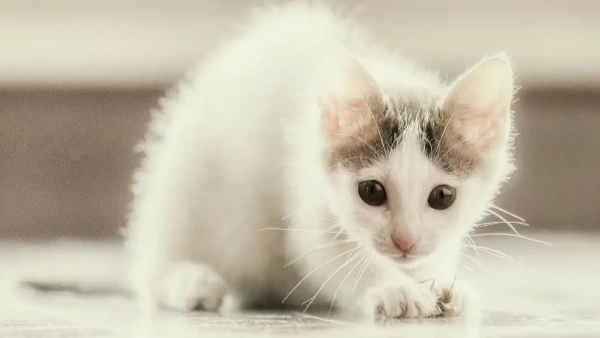
Fleas on Newborn Kittens: Complete Treatment and Prevention
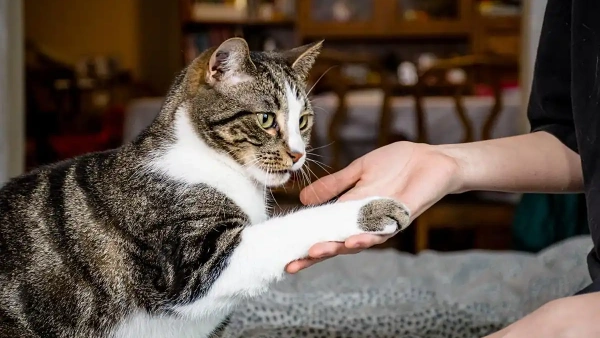

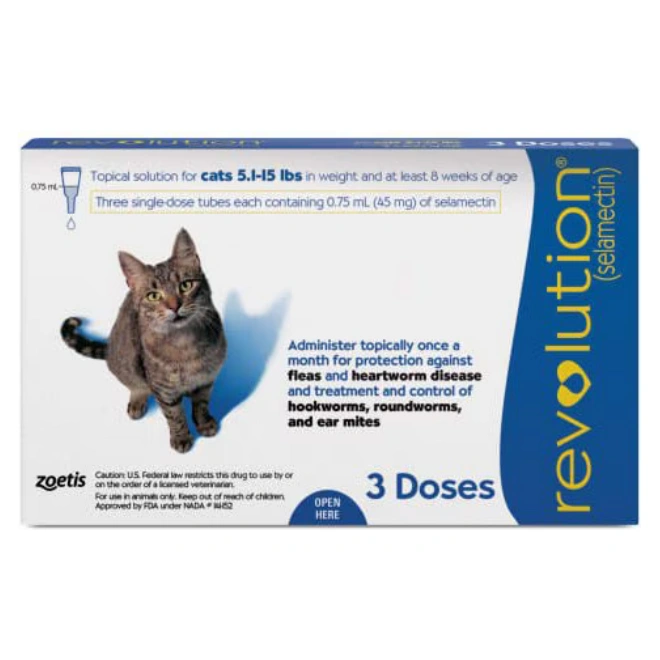
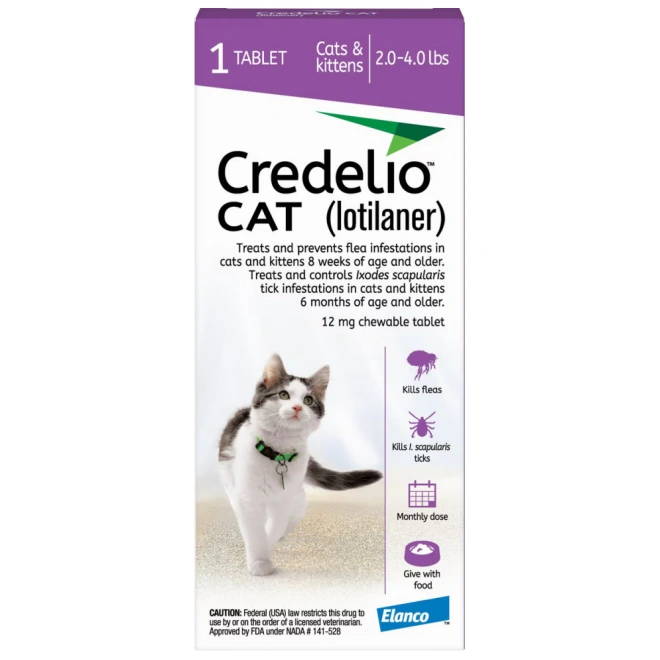
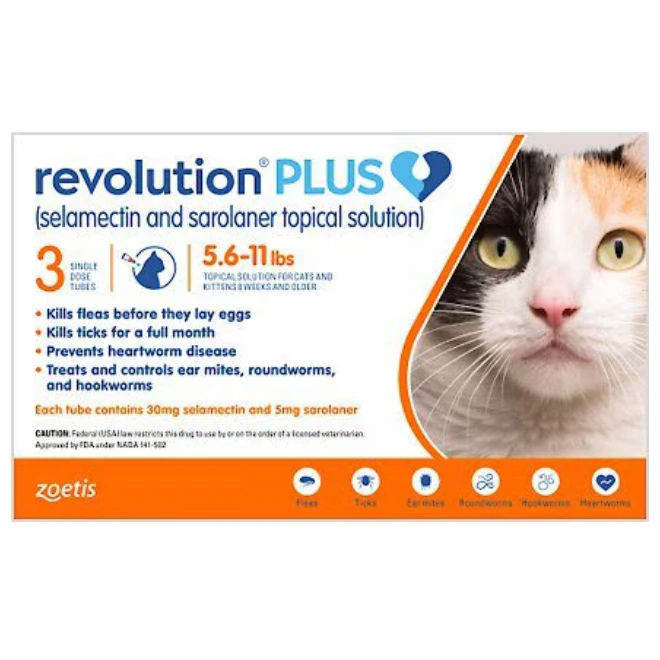
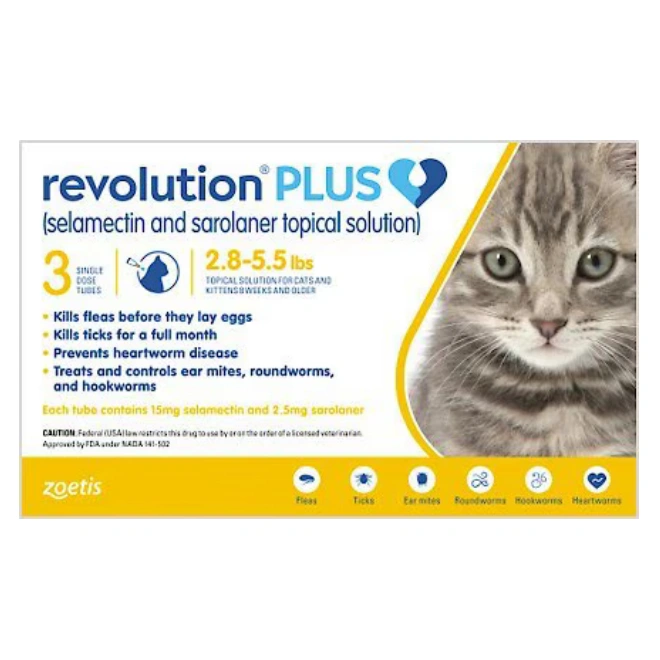








Leave a Reply